| Previous :: Next Topic |
| Author |
Message |
day_hike_mike
Member


Joined: 14 May 2013
Posts: 53 | TRs | Pics
Location: Auburn, WA |
Good info here. Using 500 instead of 600 will allow me 18.5 seconds. Figure I'll try 15 seconds at 3,200 iso, wide open at 3.5 as a starting point. Probably won't be awesome, but it should be something anyway. Most likely I'll be wanting for a wider angle and faster lens. Still cloudy. Bummer.
I did use my Canon S110 and got results last year, subpar results, but results. It was limited to 15 seconds at 80 iso. Then camera was just sitting on a rocks, signposts, whatever I could find. It was a great night hike out to Second Burroughs though. Maybe Sunrise Point this year? Those shots with the headlamp beams of climbers going up Rainier always look pretty cool.
|
| Back to top |
  
|
 |
Bedivere
Why Do Witches Burn?


Joined: 25 Jul 2008
Posts: 7464 | TRs | Pics
Location: The Hermitage |
 |
Bedivere
Why Do Witches Burn?
|
 Mon Aug 08, 2016 9:21 pm |
|
|
I'm looking forward to trying out my new D7200 this weekend during the Perseids. The D7200 is fantastic for low noise at high ISO. It's at least one stop better than the D7000 I used to have. I'm amazed at how clean the images I've shot indoors at ISO6400 with no flash are.
I'm hoping the Tokina 11-16 is worth the weight to carry.
One way to greatly reduce noise in the final image is to put the lens cap on and take a second exposure at the same settings/time as the first one where you captured the stars. You can then use Photoshop to remove the noise in the "dark frame" from the actual picture.
|
| Back to top |
  
|
 |
gb
Member


Joined: 01 Jul 2010
Posts: 6311 | TRs | Pics
|
 |
gb
Member
|
 Mon Aug 08, 2016 9:48 pm |
|
|
| Bedivere wrote: | | One way to greatly reduce noise in the final image is to put the lens cap on and take a second exposure at the same settings/time as the first one where you captured the stars. You can then use Photoshop to remove the noise in the "dark frame" from the actual picture. |
My Olympus automatically does this, called dark frame subtraction. Basically the camera heats up in a long exposure and produces signal noise. A second dark frame is automatically shot and combined in the camera in such a way that the noise in the dark frame is removed from the 20 second image. In this process, a 20 second exposure, then, takes about 40 seconds to complete. If an airplane flies by in the second part of the process there is no resulting degradation to the image.
There are apparently two types of noise, one of which is removed through dark frame substitution; the other, which is less significant is not removed. That is about all I know about this part of the process; but for complete information, Clarkvision would cover that. A good deal of the information he provides is very technical and founded in principles of chemistry and astrophysics.
Also, if this is something one hasn't done before, don't be surprised if the results are not great. The most important thing is to get a sharp focus.
|
| Back to top |
  
|
 |
Kenji
Member


Joined: 18 May 2010
Posts: 320 | TRs | Pics
Location: Seattle |
 |
Kenji
Member
|
 Mon Aug 08, 2016 10:18 pm |
|
|
I have had a TOKINA 11-16mm zoom for nikon50, a very good lens though I didn't shoot stars with it. I'm sure it'll work great.
For the past 4 years, I've been shooting stars w/ Fuji-X cameras: xp-1 and xt-1. They both use the same APS-C 16MP sensors, which seems good enough for what I do in both the resolution and the high ISO.
[wide angle lenses - all single exposure]
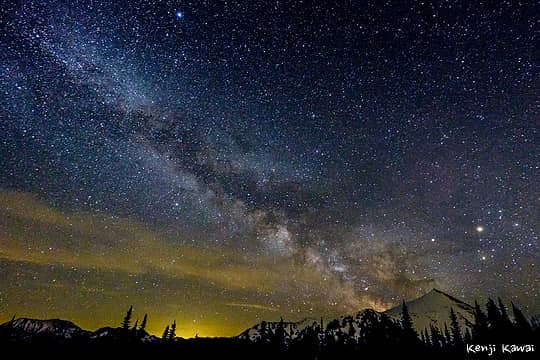 xf10-24, 10mm, f4.0, iso6400, 30sec: bit noisy, stacking would help here 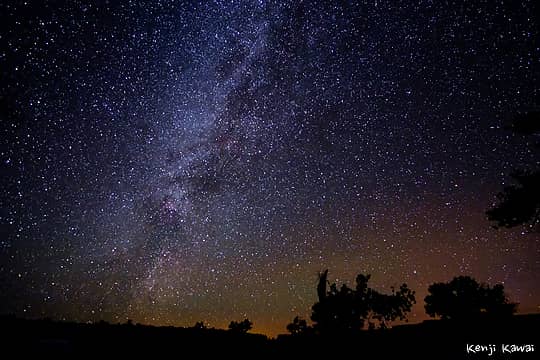 samyang12mm, f2.0, iso2500, 30sec: not bad 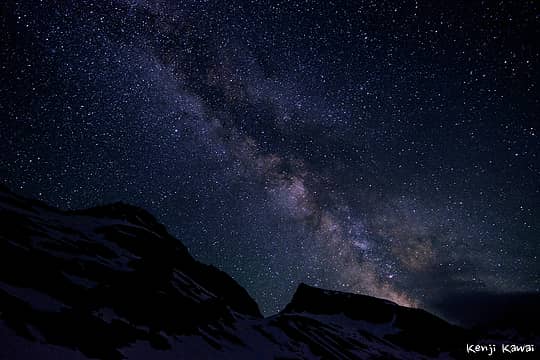 xf14mm, f2.8, iso3200, 30sec: sharp lens 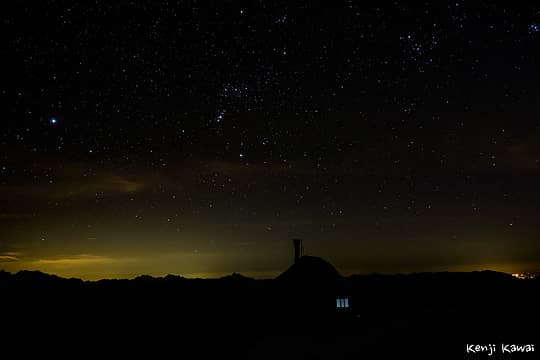 xf18mm, f2.0, iso3200, 10sec: good lens 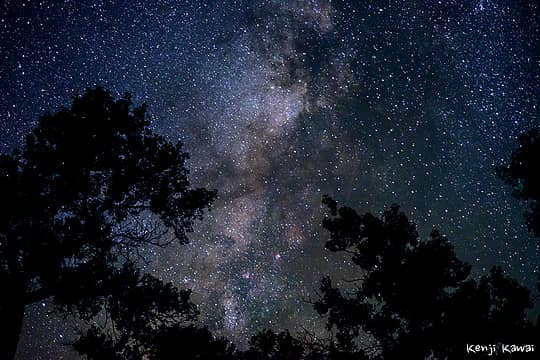 xf35mm, f1.8, iso1600, 15sec: a lot of details, stars trailing 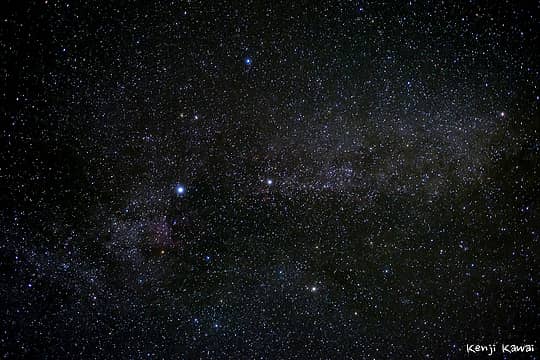 xf35mm, f1.8, iso3200, 15sec: crisp stars  xf35mm, f1.8, iso3200, 15sec: crisp stars  xf10-24, 24mm, f4.0, iso6400, 10sec, x4: still a bit noisy, but a lot of details 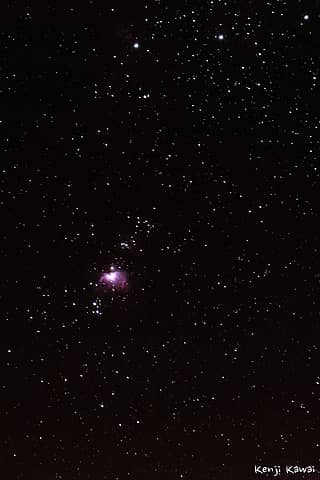 xf50-200, 100mm, f4, iso6400, 5sec, x7: pretty good 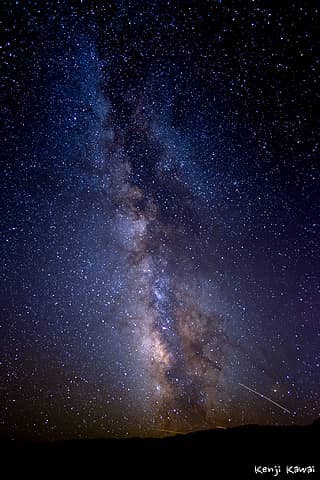 samyang12mm, f2.0, iso6400, 20sec: nice details 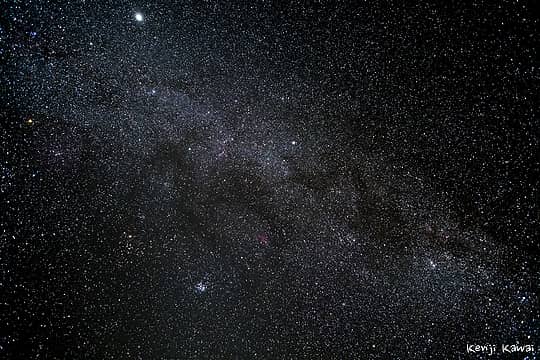 xf14mm, f2.8, iso2500, 125sec: crisp! 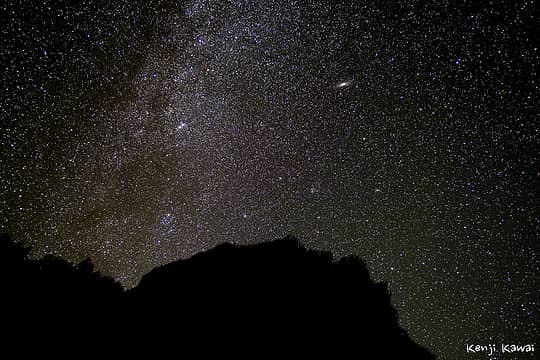 xf18mm, f2.8, iso200, 240sec: stars! 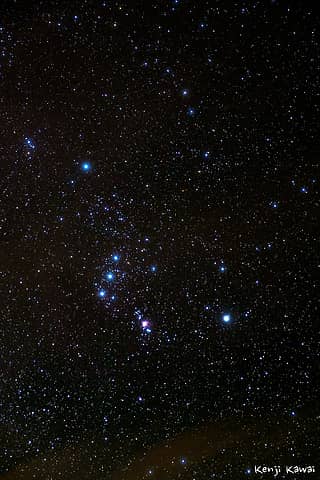 xf18-55, 39mm, f3.6, iso1600, 75sec: Orion belt!
|
| Back to top |
  
|
 |
NacMacFeegle
Member


Joined: 16 Jan 2014
Posts: 2653 | TRs | Pics
Location: United States |
A good tutorial on image stacking:
|
| Back to top |
  
|
 |
Jim Dockery
Member


Joined: 12 Sep 2007
Posts: 3092 | TRs | Pics
Location: Lake Stevens |
The issue no one has brought up that is one of the toughest is planning and composing a striking image. Straight pictures of stars are pretty mundane (at least our feeble attempts compared to NASA). Some earthly elements need to be included to give context (like the Rainier shot Will shared, or Kenji's 1st one). Of course it is best to preplan and set-up before dark, esp. if you are blessed with a dark moonless night. Getting the Milky Way, esp. the galactic center, where you want it requires timing, and of course shooting in the right direction. I've found PhotoPils on my iPhone to be a great aid in choosing a destination and then composing for the MY.
|
| Back to top |
  
|
 |
Anne Elk
BrontosaurusTheorist


Joined: 07 Sep 2018
Posts: 2423 | TRs | Pics
Location: Seattle |
 |
Anne Elk
BrontosaurusTheorist
|
 Wed Sep 06, 2023 3:59 pm |
|
|
"There are yahoos out there. Itís why we canít have nice things." - Tom Mahood
 kite kite
|
| Back to top |
  
|
 |
Gil
Member

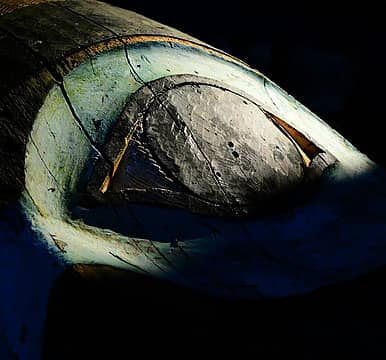
Joined: 29 Sep 2004
Posts: 4062 | TRs | Pics
|
 |
Gil
Member
|
 Fri Sep 15, 2023 12:03 pm |
|
|
Some of the Usuals went on a rafting trip on the Tieton River this week and camped out the night before on the banks. I looked up just as I was going to bed and saw this. I didn't have the ideal astro kit -- my D5500 and the kit 18-55mm 3.5-5.6 AF-P lens, but I think it turned out alright. Processed on my phone in Snapseed.
Friends help the miles go easier.
Klahini
 Cyclopath, awilsondc Cyclopath, awilsondc
Friends help the miles go easier.
Klahini
 Cyclopath, awilsondc Cyclopath, awilsondc
|
| Back to top |
  
|
 |
|
|
You cannot post new topics in this forum
You cannot reply to topics in this forum
You cannot edit your posts in this forum
You cannot delete your posts in this forum
You cannot vote in polls in this forum
|
Disclosure: As an Amazon Associate NWHikers.net earns from qualifying purchases when you use our link(s). |